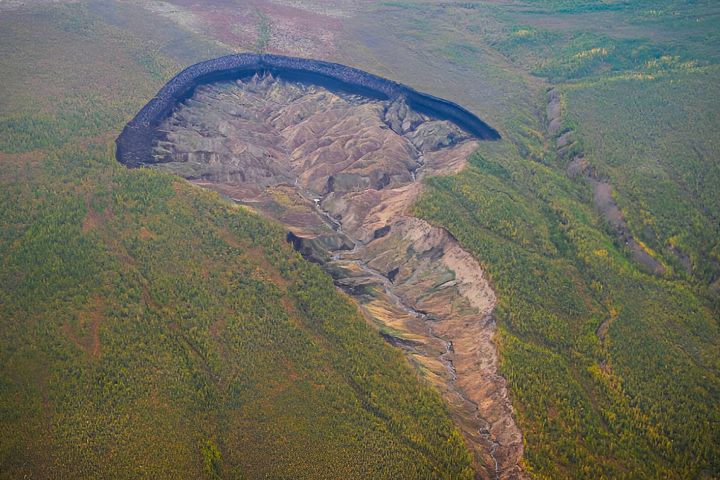Just last week, Tesla announced it was building the world's largest lithium-ion battery in Australia, but a German energy company looks set to nab the overall title of biggest battery. Ewe Gasspeicher GmbH is building a redox flow battery in underground salt caverns with enough output to supply a day's worth of power to 75,000 homes.
A redox flow battery stores electrical energy in liquid electrolytes. Inside the electrochemical cell, two liquids – a positive catholyte and a negative anolyte – are separated by a membrane that allows ions to pass through. When the battery is charging from a power source, electrons are added to the anolyte and released from the catholyte, and that process is reversed while discharging. Charged molecules of each electrolyte are pumped from the cell down into storage tanks, where the energy can be stored for several months.
Ewe Gasspeicher's battery, called brine4power, is based on a system developed by the Friedrich Schiller University in Jena, which uses saltwater electrolytes with recyclable polymers as the active molecules. Those materials, the team says, are far more environmentally friendly than the heavy metal/sulfuric acid mix that other redox flow electrolytes are often made of.
The brine4power system will be set up in the Jemgum gas storage facility to make use of two huge underground salt caverns, which are currently used to store natural gas. Each of these cavities has a volume of 100,000 m3 (3.5 million cu ft), giving the battery a capacity of up to 700 MWh and output of up to 120 MW.

"If everything works, this may fundamentally change the storage market, i.e. the market for control energy," says Peter Schmidt, Managing Director of Ewe Gasspeicher GmbH. "The amount of electricity this kind of storage facility contains – consisting of two medium-sized caverns – is sufficient to supply a major city such as Berlin with electricity for an hour. It means that we will have built the world's largest battery. In contrast to other energy storage facilities that convert the electrical current into other energy carriers – for example into compressed air – we are storing the electricity directly with brine4power."
But before the salt caverns are used, the brine4power system will first be trialed on-site at Jemgum using large plastic containers on the surface. The company says these will be operational by the end of 2017, with a full underground battery up and running in about six years' time.
"We need to carry out some more tests and clarify several issues before we can use the storage principle indicated by the University of Jena in underground caverns," says Ralf Riekenberg, head of the brine4power project. "However, I expect that we will have an operating cavern battery by about the end of 2023."
Source: Ewe Gasspeicher, brine4power





